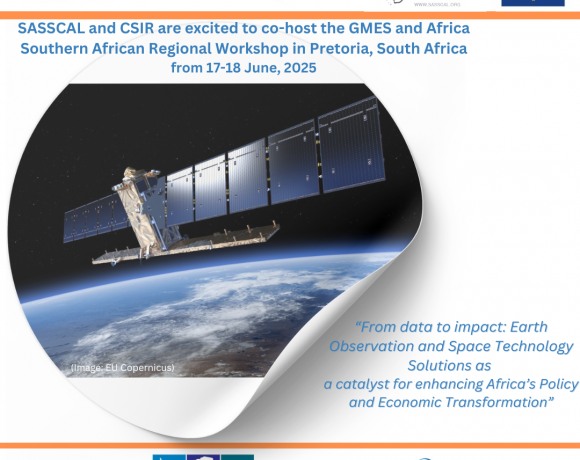Monitoring and Assessment
to identify existing assessment and monitoring methods applicable to southern Africa
Integrated online platform
to design, develop and operationalise an integrated platform that can provide wetland information service to target groups and end users
Capacity development and Outreach
to extend existing EO capabilities to SADC decision makers for wetland assessment and monitoring through capacity building and leverage awareness



























